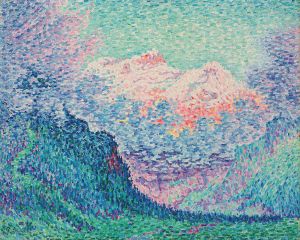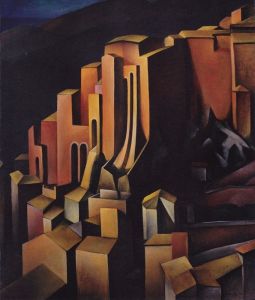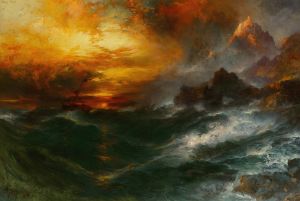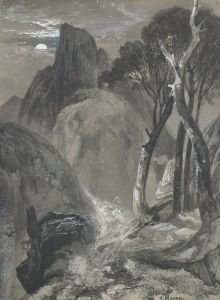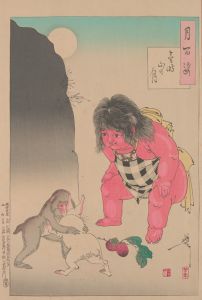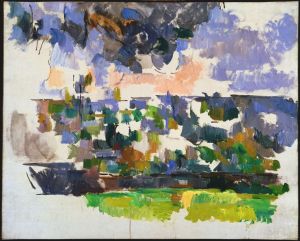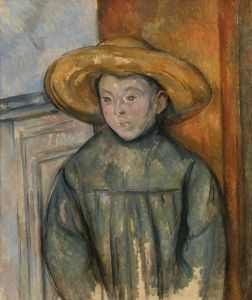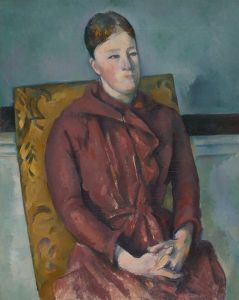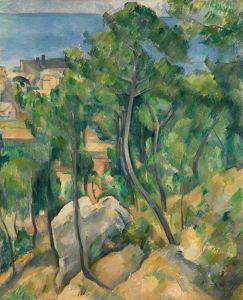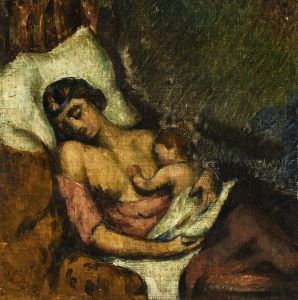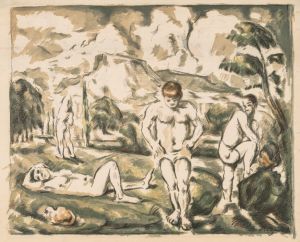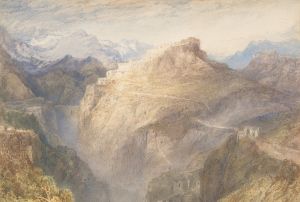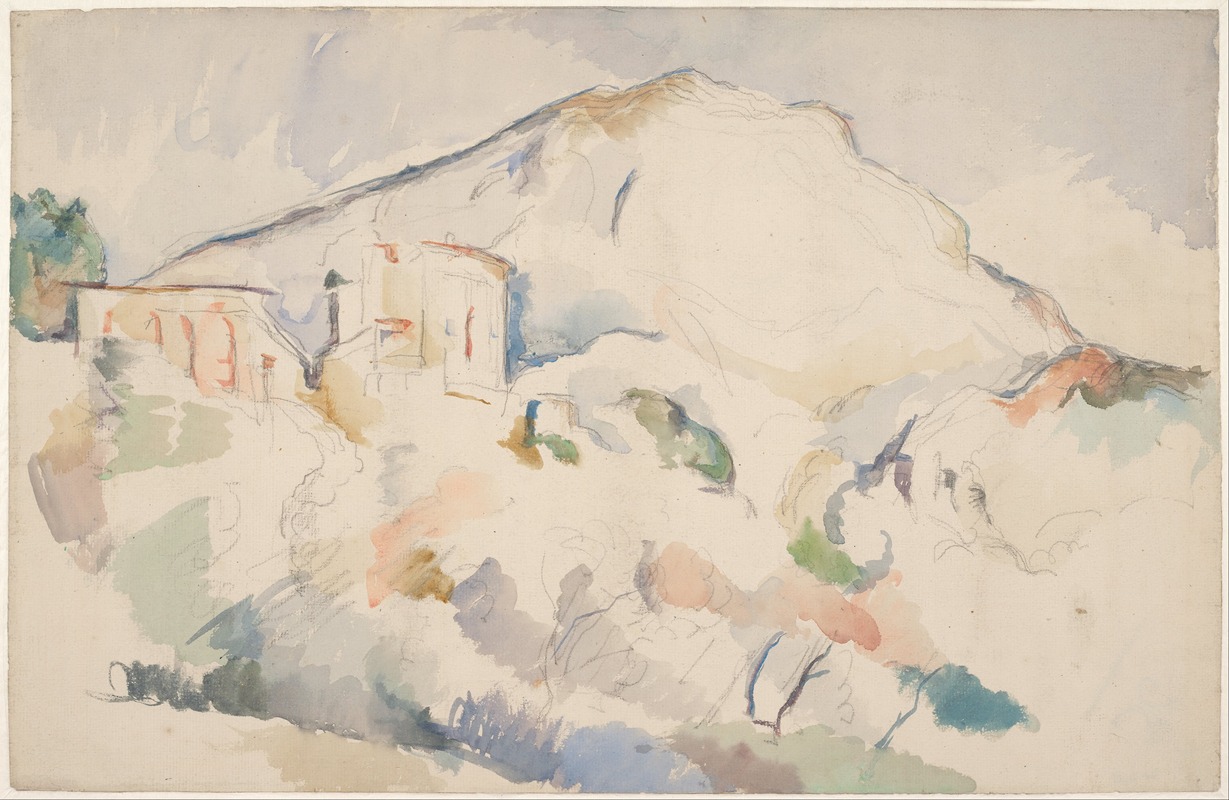
Château Noir and Mont Sainte-Victoire, c. 1890-1895
A hand-painted replica of Paul Cézanne’s masterpiece Château Noir and Mont Sainte-Victoire, c. 1890-1895, meticulously crafted by professional artists to capture the true essence of the original. Each piece is created with museum-quality canvas and rare mineral pigments, carefully painted by experienced artists with delicate brushstrokes and rich, layered colors to perfectly recreate the texture of the original artwork. Unlike machine-printed reproductions, this hand-painted version brings the painting to life, infused with the artist’s emotions and skill in every stroke. Whether for personal collection or home decoration, it instantly elevates the artistic atmosphere of any space.
Château Noir and Mont Sainte-Victoire, c. 1890-1895, is a notable work by the French Post-Impressionist painter Paul Cézanne. This painting is part of Cézanne's extensive exploration of the Provençal landscape, particularly his fascination with Mont Sainte-Victoire, a mountain in southern France near his hometown of Aix-en-Provence. Cézanne's work during this period is characterized by his innovative approach to form and color, which laid the groundwork for the transition from 19th-century Impressionism to the new and radically different art of the 20th century, including Cubism.
Cézanne's interest in Mont Sainte-Victoire began in the 1880s and continued until his death in 1906. He painted the mountain over 30 times, each time capturing different aspects of its form and the surrounding landscape. The Château Noir, a dark, brooding structure located near the mountain, also became a recurring subject in his work. In this particular painting, Cézanne combines these two subjects, showcasing his ability to blend natural and man-made elements into a cohesive composition.
The painting exemplifies Cézanne's mature style, characterized by a departure from the fleeting effects of light and atmosphere that defined Impressionism. Instead, Cézanne focused on the underlying structure of the landscape, using geometric shapes and a carefully considered palette to convey a sense of permanence and solidity. His brushwork is deliberate and methodical, with patches of color applied in a way that suggests the volume and depth of the forms he depicts.
Cézanne's treatment of color in Château Noir and Mont Sainte-Victoire is particularly noteworthy. He employs a range of greens, blues, and earth tones to create a harmonious balance between the natural landscape and the architectural elements of the château. The interplay of light and shadow is subtle yet effective, enhancing the three-dimensionality of the scene. Cézanne's use of color is not merely descriptive but also expressive, conveying his emotional response to the landscape.
The composition of the painting is carefully structured, with the mountain and château positioned in a way that draws the viewer's eye across the canvas. The diagonal lines of the mountain and the verticality of the château create a dynamic tension, while the foreground trees provide a sense of depth and perspective. This compositional strategy reflects Cézanne's interest in the formal elements of painting and his desire to capture the essence of his subjects through a synthesis of observation and abstraction.
Château Noir and Mont Sainte-Victoire is a testament to Cézanne's innovative approach to landscape painting and his enduring influence on modern art. His ability to transform familiar subjects into complex, multi-layered compositions has inspired generations of artists, including the Cubists, who admired his ability to depict multiple perspectives within a single image. Cézanne's work continues to be celebrated for its technical mastery and its profound impact on the development of 20th-century art.
This painting, like many of Cézanne's works, is housed in various collections around the world, where it continues to be studied and appreciated for its contribution to the evolution of modern art. Cézanne's legacy as a pioneer of Post-Impressionism and a precursor to modernist movements remains firmly established, with Château Noir and Mont Sainte-Victoire standing as a prime example of his artistic vision and innovation.





